It’s hard to fathom that it was 60 years ago that the Elvis Presley film Blue Hawaii came on the scene. In many ways it became synonymous with Hawaii. Its launch serendipitously coincided with the modern age of Hawaii travel inaugurated by Pan Am, and perfected by United Airlines.
Elvis Presley, in Blue Hawaii, exceeded anyone, ever in promoting the idea of accessible Hawaii dream vacations. One of the principal cast members is still alive. Can you guess who? The answer can be found near the end of this post.
Advent of Hawaii jet travel meets Blue Hawaii.
Just two years before Blue Hawaii, Pan Am became the first to bring then-revolutionary jets to Hawaii, using the Boeing 707. Traveling here suddenly took about half as long as before, a mere five hours from the west coast. The planes’ economy associated with less time and more passengers meant that Hawaii was now accessible to more people and at a far lower cost than was previously possible.
Jets allowed regular people to venture to what remains among the most remote islands on earth, with the same ease, frequency and relative cost we see today.
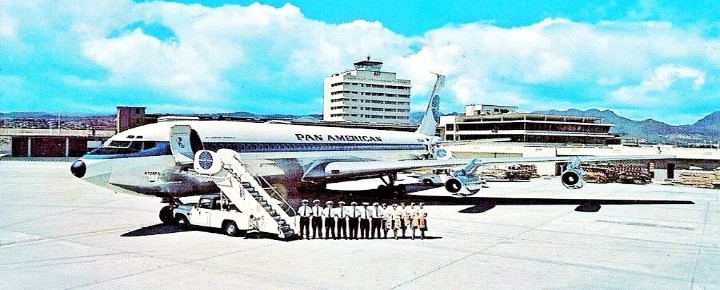

It was United Airlines, however, that largely staked its claim on Hawaii in the 1960s, with a fleet of DC-8 planes on a plethora of routes, some of which remain among the longest domestic flights. DC-8s were United’s first jets, and the airline was the first DC-8 customer. Hawaiian and the DC-8 were a perfect match. Their Hawaii routes expanded quickly to even include nonstops from Chicago and New York.
Blue Hawaii magnified people’s desire to visit Hawaii.
Before Blue Hawaii, Elvis Presley had already fallen in love with the state after his first concert on Oahu back in 1957. While jets made Hawaii more accessible, it was the movie Blue Hawaii that helped to create the unescapable allure and fantasy of the Hawaiian islands.
The filming of the Hawaii-centric movie began in March 1961 after Elvis performed a benefit concert for the USS Arizona Memorial. Iconic locations include scenes from Diamond Head, Waikiki, Mt. Tantalus, and Hanauma Bay on Oahu and the famous Coco Palms Resort on Kauai. Did you know that 26-year old Elvis became injured while doing martial arts between the scenes?
Many of the scenes in the movie were filmed near Waikiki Beach, which can be seen in the opening driving clips, and at the once-beloved International Market. Other scenes were filmed at the now Hilton Hawaiian Village (a favorite hotel of his, where his room pick was the 14th-floor Mahele Suite “King Suite” of the Aliʻi Tower). The movie is a fascinating look back, and we’ve included the entire YouTube film below.
The NYT said of Blue Hawaii that it was “nonsensical and harmless” as well as “blandly uneventful.” Variety said it was “breezy.” In watching it today, we see their point, and it appears grossly out of touch in a myriad of ways. But that was 1961. Elvis’ acting also wasn’t well reviewed.
The LA Times hit the nail on the head when it said that Blue Hawaii “does a lot for the ‘paradise of the Pacific,’ showing its foamy waves, palm trees, luaus and a couple of plush hotels.”
Blue Hawaii was the romantic musical comedy film starring Elvis Presley. While it didn’t receive high acclaim from critics, it was nominated for best-written musical, opened at #2 in box office receipts, and earned $5 million ($50 million in today’s money).
Elvis would make three films in Hawaii. After Blue Hawaii, came Girls, Girls, Girls in 1962, then Paradise Hawaiian Style in 1965.
Dame Angela Lansbury played Elvis’ mother.
She was only 35 years old at the time and 9 years older than Elvis. This month, Lansbury, age 96, will receive the Tony Award for Lifetime Achievement. She said of him in Blue Hawaii, “he was at the top of his form.” As for her experience here, she said, “we were on Kauai. I’ll never forget it it was really wonderful.”
Coco Palms brought romantic Kauai into mainstream focus.
Filming for much of the movie was at the legendary Coco Palms Resort on the east shore of Kauai, including the famous wedding scene. Other Kauai locations include Lydgate Park nearby and Wailua River.
Coco Palms opened in 1953. Grace Guslander, the hotel’s manager, envisioned marketing the property as a high-end getaway for new Hawaii visitors. Blue Hawaii being filmed there was a huge feather in the hotel’s cap. The hotel was a favorite of stars, and was renowned for Hawaii-themed weddings, among other things. Coco Palms was also where the nightly torch-lighting ceremony, so popular even today among Hawaii resorts, began.
https://youtu.be/ieEM_1XTLQ4
Get Breaking Hawaii Travel News

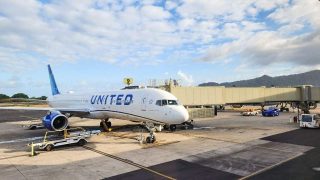


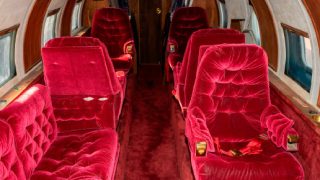
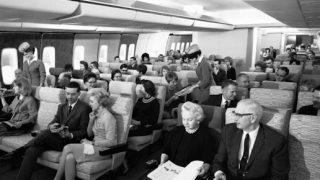
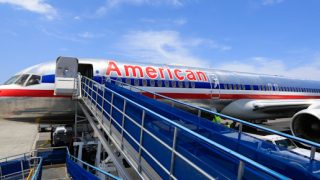
My husband and I watched Blue Hawaii with Elvis last night – from your email.
What a wonderful picture! It brought back so many great memories from our numerous trips to The Islands – especially time that we spent at The Coco Palms.
Mahalo for sending this heartwarming movie.
Ron and Ariel
Hi Ariel.
Thanks for letting us know. Glad you enjoyed Blue Hawaii. We did too.
Aloha.
I asked Dame Angela about Elvis in Blue Hawaii. She just smiled, reminiscing, and said, Oh that Elvis!
Thank Elvis for keeping the record of Hawaii captured in Blue Hawaii…and for I believe funding Pearl Harbor.
Think he would have been the first in line to protest overtourism and disrespect of Hawaiian culture and natural beauty.
I’ve noticed that the old Russian fort has been renamed to, Pa’ula’ula State Historic Site and a bit of history has been corrected.
Aloha
the Hawaiian Wedding Song…sung at the Cocoa Palms…what more could you ask for…..
Once again I have said, Elvis is the one man that every visitor and locals should thank , he started the whole island 🏝 talk , and people loved and respected his way of life,
Well, this was not planned but I watched “Blue Hawaii”. I had never seen the movie before. Thank you so much for the free link!
Hi Nadege.
Good to hear from you. Glad you enjoyed!
Aloha.
I remember seeing Elvis at the Waikiki Shell in 1960. The surf was a lot less crowded then.
But the fact that our islands are nothing like what it was then it sets people up for disappointment that way of life doesn’t exist here anymore it’s all high rises and homelessness and ever increasing housing market causing locals to have to leave to find a more affordable home that’s reality now